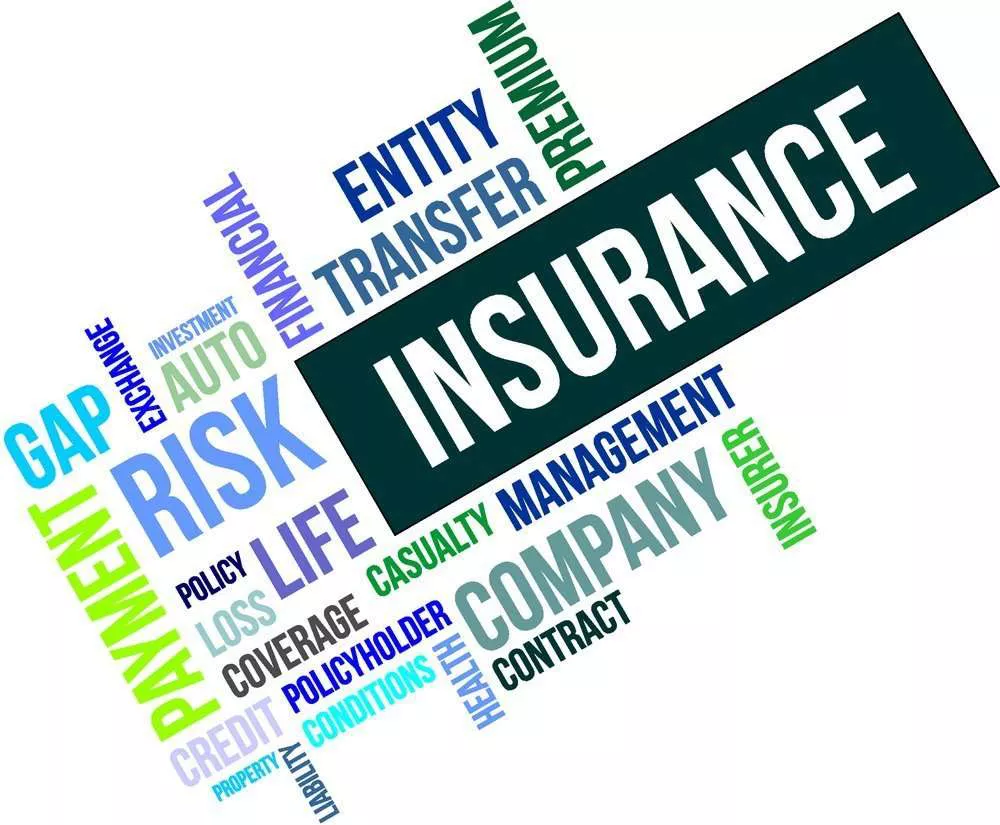VSP Insurance, or Vision Service Plan, is a specialized insurance product designed to cover vision-related expenses. It is widely recognized for providing affordable access to eye care services. While it is primarily associated with routine eye exams and corrective lenses, its applications extend further. This article explores the key scenarios where VSP Insurance can be utilized effectively.
Primary Uses of VSP Insurance
Routine Eye Examinations
One of the most common uses of VSP Insurance is for routine eye exams. Regular check-ups are essential for maintaining eye health and detecting potential issues early. VSP typically covers a significant portion of the cost, making it easier for policyholders to schedule annual or biennial visits to an optometrist or ophthalmologist.
Prescription Eyewear
VSP Insurance often provides allowances for prescription glasses and contact lenses. This includes frames, lenses, and lens enhancements such as anti-glare coatings or progressive lenses. Policyholders can use their benefits at in-network providers to maximize savings.
Specialized Vision Treatments
In some cases, VSP Insurance may cover medically necessary treatments. This includes conditions like glaucoma, cataracts, or diabetic retinopathy. While coverage varies by plan, many policies offer partial reimbursement for diagnostic tests and surgical procedures related to these conditions.
Where VSP Insurance Is Accepted
In-Network Providers
VSP has an extensive network of eye care professionals, including optometrists, ophthalmologists, and optical retailers. Using in-network providers ensures that policyholders receive the highest level of coverage with minimal out-of-pocket expenses. The VSP website and mobile app provide tools to locate nearby in-network providers.
Major Optical Retail Chains
Many well-known optical retailers accept VSP Insurance. These include chains such as LensCrafters, Target Optical, and Pearl Vision. Policyholders can often apply their benefits directly at the point of purchase, streamlining the process.
Private Practices
Independent optometrists and boutique optical shops frequently participate in the VSP network. These providers may offer personalized service and a wider selection of premium frames. Checking with the practice beforehand ensures that VSP benefits can be applied.
Additional Benefits of VSP Insurance
Discounts on Additional Services
Beyond standard coverage, VSP Insurance may offer discounts on services such as LASIK surgery or additional pairs of glasses. These discounts can make high-cost procedures more accessible.
Family Coverage Options
Many VSP plans include family coverage, allowing spouses and dependents to use the same policy. This is particularly beneficial for households with multiple members requiring vision care.
Flexible Spending Account (FSA) and Health Savings Account (HSA) Compatibility
VSP Insurance can often be used in conjunction with FSA or HSA funds. This allows policyholders to allocate pre-tax dollars toward vision-related expenses not fully covered by their VSP plan.
Situations Where VSP Insurance May Not Apply
Non-Covered Procedures
Certain elective procedures, such as cosmetic contact lenses or non-prescription sunglasses, are typically not covered. Policyholders should review their plan details to understand exclusions.
Out-of-Network Providers
While VSP Insurance can sometimes be used out-of-network, reimbursement rates are usually lower. This may result in higher out-of-pocket costs for the policyholder.
Frequency Limitations
Most VSP plans impose limits on how often benefits can be used. For example, routine eye exams may only be covered once per year, and frames may be replaced every two years.
Maximizing Your VSP Insurance Benefits
Review Your Plan Annually
Insurance policies can change, and new benefits may be added. Reviewing your VSP plan annually ensures you are aware of any updates or additional services now covered.
Combine with Other Insurance
If you have multiple insurance policies, such as a general health plan and VSP, check whether they can be used together. Some expenses may be partially covered by both, reducing your overall costs.
Schedule Appointments Strategically
Since many VSP plans reset benefits at the end of the calendar year, scheduling appointments in December or January can help you maximize annual allowances.
Conclusion
VSP Insurance is a valuable tool for managing vision care expenses. From routine eye exams to specialized treatments, it offers coverage in a variety of scenarios. By understanding where and how to use it, policyholders can make informed decisions to protect their eye health while minimizing costs. Always consult your specific plan details and network providers to ensure optimal use of your benefits.
This guide provides a foundational understanding of VSP Insurance applications. For personalized advice, consider speaking with a VSP representative or your eye care provider.
Related Topics:
































